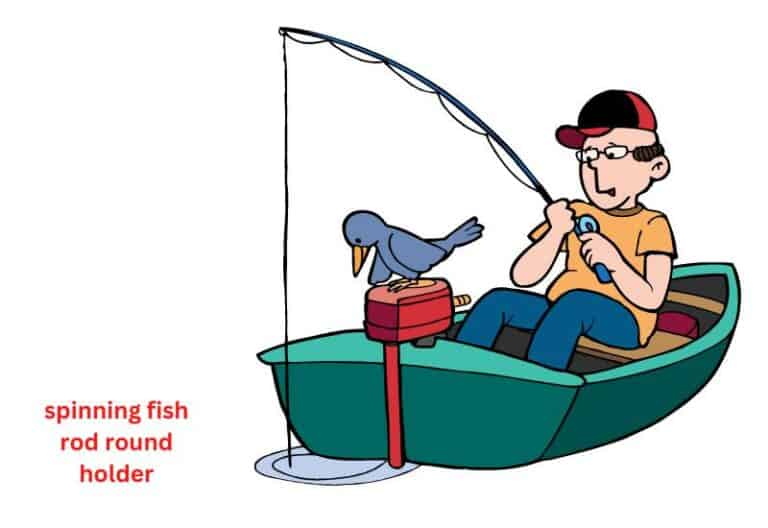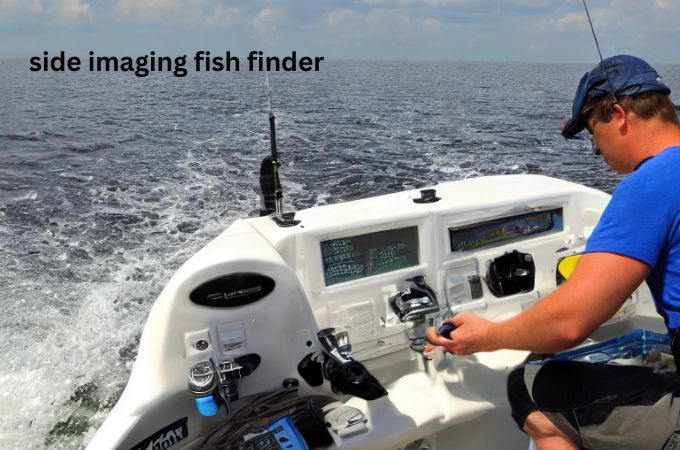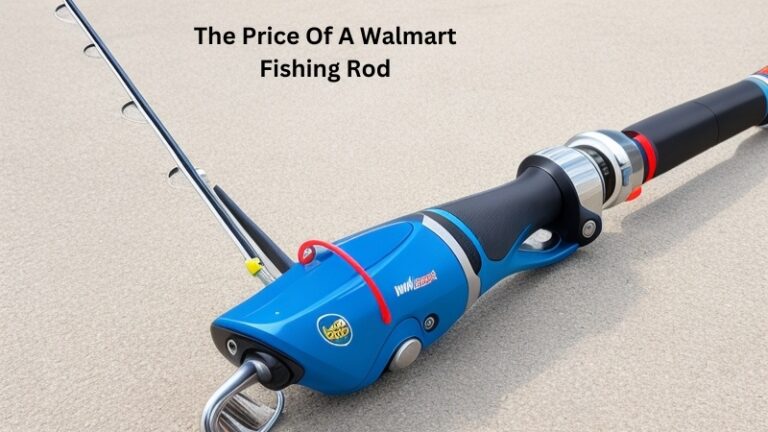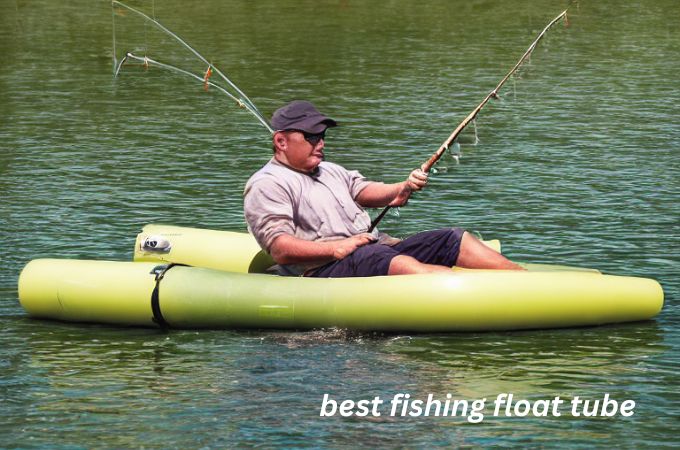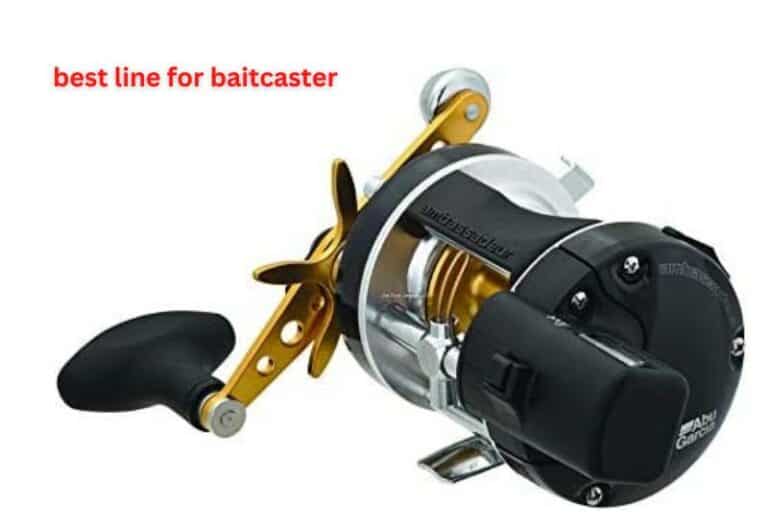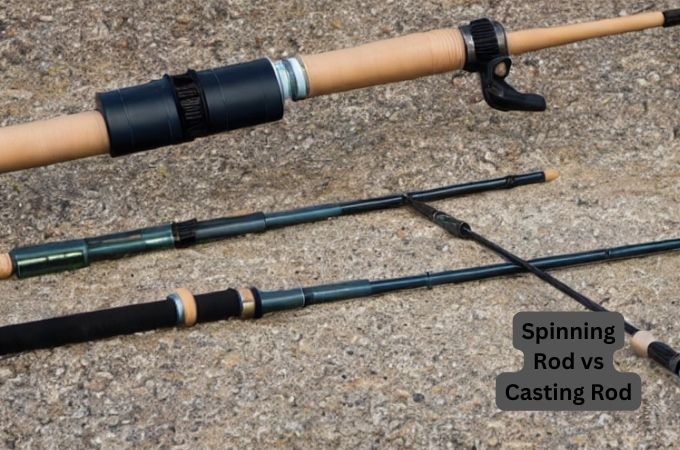The Ultimate Guide: Best Line For Baitcaster – Top Recommendations!
Looking to improve your baitcasting skills? One of the most crucial factors is selecting the best line to use on a baitcaster. The right line can make all the difference in your casting accuracy, control, and overall fishing experience. But with so many options available, finding the perfect one can be overwhelming. Don’t worry, though – we’ve got you covered. In this article, we’ll explore different types of lines and provide insights on which one suits your baitcaster needs. So, let’s dive in and find the best line to enhance your fishing game!
Best Line to Use on a Baitcaster
When it comes to baitcasting reels, one crucial factor that can greatly affect your fishing success is the line you use. Choosing the best line for your baitcaster can make a significant difference in your casting distance, accuracy, and overall performance. In this article, we will explore various factors to consider when selecting the best line for your baitcaster, including line types, strengths, and characteristics.
Understanding Baitcaster Lines
Before diving into the best line options for a baitcaster, it’s important to understand the different types of lines available and their characteristics. Here are a few common line types used with baitcasting reels:
1. Monofilament Line
Monofilament line is a popular choice for beginners and anglers looking for an affordable option. It is made from a single strand of nylon, providing versatility and durability. Monofilament lines have relatively low memory, making them less likely to retain memory curls. However, they tend to stretch more than other line types, reducing sensitivity and hook-setting power.
2. Fluorocarbon Line
Fluorocarbon line offers several advantages for baitcasting reels. It is known for its invisibility in water, which can increase your chances of getting more strikes. Fluorocarbon lines have less stretch compared to monofilament lines, enabling better sensitivity and hook-setting power. Additionally, fluorocarbon lines are abrasion-resistant and have a high tensile strength, making them suitable for fishing in heavy cover.
3. Braided Line
Braided lines are made from woven synthetic fibers like Spectra or Dyneema. They offer excellent strength-to-diameter ratios and have minimal stretch, providing superior sensitivity and hook-setting power. Braided lines also have high abrasion resistance, making them suitable for fishing in dense cover. However, their high visibility in water may require the use of a leader for wary fish species.
Factors to Consider When Choosing a Baitcaster Line
Now that we’ve covered the different types of baitcaster lines, let’s delve into the key factors you should consider when selecting the best line for your baitcasting reel.
1. Fishing Conditions
Consider the fishing conditions you will encounter. Factors such as water clarity, cover type, and target species can influence your line choice. For example:
- In clear water, fluorocarbon lines are often preferred due to their low visibility.
- If you’re fishing in heavy cover with thick vegetation or structure, a braided line’s high strength and abrasion resistance may be advantageous.
- In situations where you need to cast long distances, consider a low-diameter braided line or a fluorocarbon line with a smaller diameter.
2. Line Strength
Line strength plays a crucial role in determining the line’s capacity to withstand the fish’s fighting power and potential abrasion from structure or cover. Select a line strength that matches the target species and the fishing environment. Keep in mind that heavier lines may reduce casting distance, while lighter lines may compromise the ability to handle larger fish.
3. Line Diameter
The diameter of the line affects various aspects of your fishing experience, including casting distance, line capacity on the reel, and how the line interacts with the lure. Thicker lines have increased visibility and may impact your casting distance, while thinner lines provide increased sensitivity and allow for longer casts.
4. Casting Performance
Consider the casting performance of different lines. Factors such as line memory, flexibility, and suppleness can affect your casting accuracy and distance. Lines with high memory tend to retain curls, leading to backlash and reduced casting performance. Look for lines with low memory and good manageability to optimize your baitcasting reel’s performance.
Popular Line Combinations for Baitcasters
While the selection of the best line for a baitcaster largely depends on personal preferences and fishing conditions, some popular combinations have gained popularity among anglers. Here are a few examples:
1. Fluorocarbon Main Line with Monofilament Leader
Using a fluorocarbon line as the main line and a monofilament leader offers the benefits of both line types. The low visibility of fluorocarbon increases your chances of getting strikes, while the monofilament leader provides shock resistance and easier knot tying.
2. Braided Line with Fluorocarbon Leader
For anglers fishing in heavy cover or targeting big game fish, combining a braided line with a fluorocarbon leader is a common practice. The braided line provides strength and sensitivity, while the fluorocarbon leader offers invisibility and abrasion resistance.
3. Straight Fluorocarbon Line
Many anglers opt for a straight fluorocarbon line when fishing in clear water or situations where low visibility is crucial. The characteristics of fluorocarbon, such as its low stretch and high sensitivity, make it an excellent choice for baitcasting reels.
Selecting the best line for your baitcaster is crucial for maximizing your fishing success. Consider factors such as fishing conditions, line strength, diameter, and casting performance when making your decision. Whether you choose monofilament, fluorocarbon, or braided line, each has its own advantages and disadvantages. Experiment with different line combinations and find the one that suits your fishing style and target species best. Remember to always match the line to the conditions and make adjustments as needed. With the right line on your baitcaster, you’ll have the confidence to cast accurately and bring in more fish.
Frequently Asked Questions
What type of fishing line is best for a baitcaster?
The type of fishing line that is best for a baitcaster is usually a braided line or a fluorocarbon line. Braided lines are known for their strength and low stretch, making them great for casting long distances and handling heavy fish. Fluorocarbon lines, on the other hand, have excellent sensitivity and are virtually invisible underwater, which can be advantageous in clear water conditions. It ultimately comes down to personal preference and the specific fishing situation you are in.
What pound test line should I use on a baitcaster?
The pound test line you should use on a baitcaster depends on the target species and the fishing conditions. For general freshwater fishing, a line in the range of 10-20 lb test is commonly used. If you’re targeting larger fish or fishing in heavy cover, you may want to opt for a higher pound test line, such as 30 lb or more. Conversely, if you’re fishing for small and finicky fish, you might go for a lighter line, like 6-8 lb test. Consider the size and behavior of the fish, as well as the structure and cover you’ll be fishing around.
Can I use monofilament line on a baitcaster?
Yes, you can use monofilament line on a baitcaster. Monofilament lines are versatile and widely used in various fishing applications. They offer good knot strength, are relatively affordable, and work well for most freshwater fishing scenarios. However, monofilament lines tend to have more stretch compared to braided or fluorocarbon lines, which can affect sensitivity and hook-setting power. If you decide to use monofilament on a baitcaster, consider a higher quality line with low memory and low stretch for optimal performance.
Should I use a backing line with a braided line on a baitcaster?
Using a backing line with a braided line on a baitcaster is not necessary but can be beneficial in certain situations. Braided lines have a smaller diameter compared to monofilament or fluorocarbon lines of the same pound test, which means you can spool more braided line onto your reel. However, braided lines can slip on the spool if not properly secured. Adding a backing line made of monofilament or fluorocarbon can provide better grip and prevent slippage. It also saves you money as you won’t need to spool your reel with a large amount of expensive braided line.
How often should I replace the fishing line on my baitcaster?
The frequency of line replacement on a baitcaster depends on several factors such as line quality, frequency of use, fishing conditions, and personal preference. As a general guideline, it is recommended to replace your fishing line at least once a year to ensure optimal performance. However, if you fish frequently or in harsh conditions, you may need to replace your line more often. Inspect your line regularly for signs of wear, such as fraying, fading color, or reduced strength. If you notice any significant damage or if the line appears worn out, it’s time to replace it.
Can I use a heavier line on a baitcaster than the rod’s recommended line weight?
While it is possible to use a heavier line on a baitcaster than the rod’s recommended line weight, it is generally not recommended. Rod manufacturers specify the recommended line weight to ensure optimal performance and balance of the rod. Using a line that is significantly heavier than the recommended weight can lead to decreased sensitivity, casting distance, and overall rod performance. It can also put unnecessary stress on the rod, potentially causing damage or breakage over time. To get the best performance and longevity from your baitcasting setup, it’s advisable to use a line within the rod’s recommended range.
Final Thoughts
The best line to use on a baitcaster ultimately depends on personal preference and the specific fishing conditions. Factors such as line strength, diameter, and material should be considered. Fluorocarbon lines offer excellent sensitivity and low visibility, making them a popular choice. However, braided lines provide superior strength and durability. It is essential to experiment with different lines to find the one that suits your fishing style and target species best. Remember, selecting the best line is crucial for achieving optimal performance and success when using a baitcaster.
